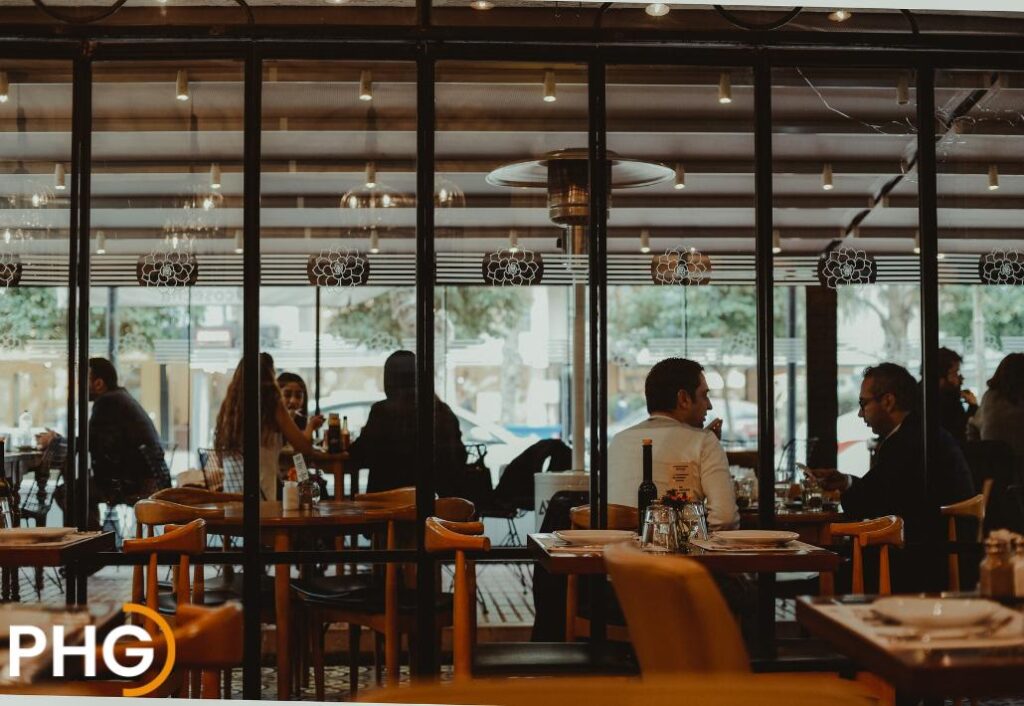As we enter the second half of 2024, inflation rates across many countries remain relatively stable. The Bank of England predicts prices will rise in line with its 2% target, while food-away-from-home prices in the US are expected to decelerate considerably into 2025.
For consumers, this is a welcome respite from the past two years. But for restaurant operators, whose costs are still going up, this represents a significant challenge.
Between 2021-2023, the steep rises in energy, fuel and grocery bills meant that customers were relatively accepting increases in menu prices. But expectations have now changed. As consumers begin to see inflation and interest rates decline, so does their willingness to accept the higher prices.
Two years of high inflation across the board means the average consumer is spending significantly less on leisure activities. But that doesn’t mean the desire to do so has reduced. Instead, restaurant goers are simply reducing the frequency and changing the location of their chosen eatery.
The casual dining market, which was struggling even before Covid, has had a torrid time in the three years afterwards. US restaurants in this sector reported a 26% reduction in visits in Q1 of 2024 as consumers seek more affordable options.
Yet even the most affordable sector– quick-service restaurants – has seen a decline in customer frequency worldwide. McDonald’s reported flat and falling global sales in the first quarter of 2024, while Pizza Hut and KFC also struggled to entice customers back into their restaurants.
Faced with these headwinds for at least the next 12 months, many brands are reacting with more accessible price points or menu deals to entice consumers back. In the US, McDonald’s announced it was extending its $5 meal deal, while also examining opportunities for restaurants to stay open for longer to capture more off-peak demand.
As with most trends in developed Western economies, what’s happening in the US is now being mirrored elsewhere in countries across Europe.
According to Meaningful Vision, UK promotions by quick service food brands increased by 15% year on year in 2023, while this year has seen a further increase of 22%, such as KFC and Domino’s recent low-cost lunch deals.
So, how can you apply the same strategy to encourage customers to return more often while remaining profitable?
Promotional effectiveness
Increasing demand is the number one business goal for UK restauranteurs over the next 12 months.
The conundrum that most are facing is finding a way to improve customer frequency without rushing headlong into promotional activity, which is a surefire way to erode dwindling profits.
Nevertheless, the big brands have already proven that the one thing that will grab customers’ attention is demonstrating value for money – either through better deals or more affordable food choices.
For your operations, that might mean examining how you communicate entry-level pricing more effectively. Or it might mean introducing a promotion that steers away from the dramatic discounts of the pre-Covid era, yet balances an attractive value proposition with a profitable outcome.
This is where advance analytics and AI can add real value, by allowing you to optimise your promotional activity and price positioning on a more agile basis.
By analysing your customer segmentation at a granular level, you can learn which segments are more price-elastic than others, meaning you can adjust promotions according to time, location and willingness to pay.
Getting it right takes a lot of analysis, and implementing it means ensuring you have both the right technology and agility to understand what promotion is needed, where and to which customer.
But by doing so, you can begin to improve your margins by increasing both customer frequency and profitability, while still delivering an outstanding experience and value for money.
The use of smart promotional activity is a key driver behind the gradual recovery of the UK’s hospitality market. Around 77% of UK restaurants believe they will remain open in a year (up from 66%), a similar number (78%) expect restaurant sales to grow year over year, and 40% of operators say they’re very likely to expand in the next 12 months.
To make sure your restaurant is part of the bounce back, contact one of our expert consultants.



